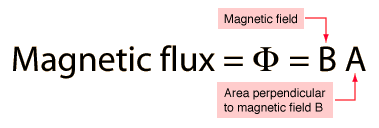A.C. Circuits & Resonance
Mechanics 2015 Question 3 on Cats & Gravity (Conservation of Angular Momnetum L=Iω)
Examination Paper 2015 AS 91524
Assessment Scedule 2015 AS 91524
Mechanics 2014 Question 3 Translational Motion (2D Momentum) by Cameron Urban
can be found at the bottom of the mechanics page
Waves Exam Revision
NCEA Physics L3 Waves: Introduction
NCEA Physics L3 Waves: Standing wave harmonics
NCEA Physics L3 Waves: Doppler calculations
NCEA Physics L3 Waves: Mulit slit interference
NCEA Physics L3 Waves: Mulit slit calculations
NCEA Physics L3 Waves: Mulit slit questions
NCEA Physics L3 Waves: Standing waves
NCEA Physics L3 Waves: Standing wave questions
NCEA Physics L3 Waves: Doppler effect
NCEA Physics L3 Waves: Doppler questions
NCEA Physics L3 Waves: Mulit slit interference
NCEA Physics L3 Waves: Mulit slit questions




































